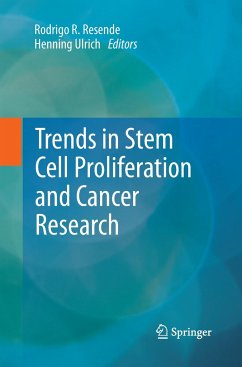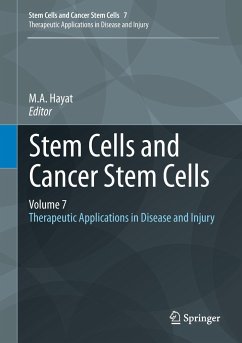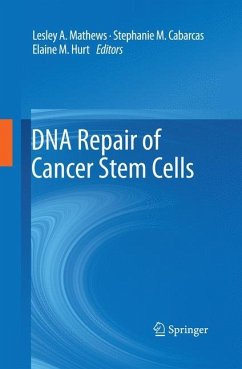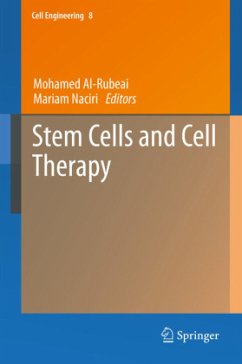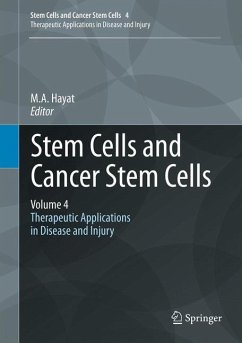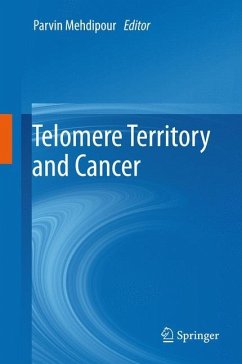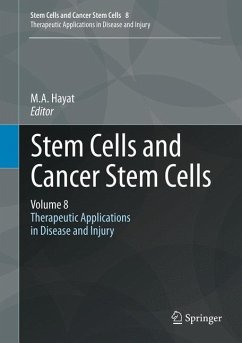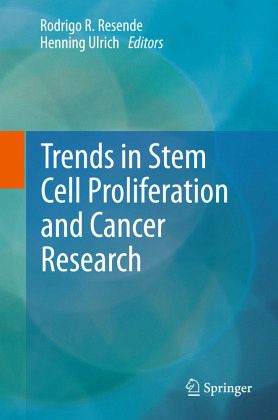
Trends in Stem Cell Proliferation and Cancer Research

PAYBACK Punkte
75 °P sammeln!
The book will discuss the molecular mechanisms of cancer diseases, stem cell proliferation and transformation into cancer cells beyond the physiological processes that occur in normal stem cell biology. Some of the key oncogenic events in cancer and their signaling pathways that regulate cell division cycle progression will be described considering prospects for using such knowledge in advanced cancer therapy. Each chapter shall provide an invaluable resource for information on the most current advances in the field, with discussion of controversial issues and areas of emerging importance





